|
Overchoice or choice overload is a cognitive impairment in which people have a difficult time making a decision when faced with many options. The term was first introduced by Alvin Toffler in his 1970 book, Future Shock. We think that the more choices we have, the better off we are. Surely more choice equals more freedom? However, the relationship between choice and well-being isn’t entirely straightforward, and the evidence suggests that in many cases, variety makes our lives harder and less pleasant. It can even lead to anxiety and depression! Freedom of Choice and Well-Being Having too many options can be overwhelming. Not only does it impact the time it takes to make a decision, studies have found that overchoice can lead people to delay or even completely opt-out of making a decision. Not only that, it has also been found to have a large impact on our emotional experience, decreases our satisfaction with the choices we do make, and increases the likelihood of post-choice regret. When you think about it, it makes sense. We all want to feel like we have the freedom to explore our options and pick whatever we want. The problem arises when we have to commit to a choice. We know that once we make a decision, the door closes on all the other options. This leads to thoughts like “have I made the right choice?”, “what if one of the others was better?”. If you’re anything like me, I’m sure you can relate. You may make a decision, you may or may not question whether or not you’ve made the right choice, but the whole experience has undoubtedly left you feeling drained. A Study in Jam There was a famous study done by Sheena Iyengar from Columbia University who tested the theory of choice motivation. She set up a jam sampling stand outside an upscale supermarket and offered samples of either 6 or 24 jam flavours. Interestingly, more people stopped to sample the jams when there were 24 flavours to choose from (60% as against 40% for the 6 flavours). However, when it came to making a purchase, only 3% of the customer’s who had sampled 24 jams went on to purchase, but 30% of the customers who sampled the 6 jams purchased. So while customer’s can be attracted by lots of options, in reality, it actually results in fewer sales. It may seem counterintuitive. You would think that by having more flavours available that more people would find one they liked and be more likely to buy it. But the reality is it just doesn’t work that way. Making decisions requires mental energy and it is a finite resource for us humans. More Choices = Higher Expectations Research has shown that with more choices comes great expectations. The more options we have to choose from, the more we feel that there has to be one that fits our needs perfectly. It’s what they refer to as “expectation-disconfirmation” or “fear of a better option”. Our expectations are higher than they would be if given fewer options which sets us up for disappointment. When Overchoice Leads to Dissatisfied Clients When people do make a decision in spite of experiencing choice overload, they are actually more likely to second-guess their decision and are more likely to feel unsatisfied with the product they bought. With so many choices on the table, how can you be sure you actually picked the best one? This is a surefire way to ensure your client doesn’t come back. How Can It Be Avoided?
Conduct a Product Review Have you done a product review recently? If you haven’t, here’s how to go about it: 1. Identify your bestselling products You may see the Pareto principle or 80:20 rule come into play where 80% of your sales come from 20% of your products. Look at your lowest performing products and get rid of them. How many frame moulding choices do you offer right now? Do all of them sell? I’m guessing there are a few that you almost never sell so get rid. 2. Identify similar products If you have a lot of products that are all very similar to each other, eliminate some options as this will inevitably complicate the decision making process for your clients. It’s far easier to choose between two products that are very different from each other than it is to choose between two similar products. Do you want chocolate or crisps (that's chips for our American friends!)? Easy! Do you want chocolate with hazelnuts or chocolate with walnuts? Hmmm 🤔 let me get back to you on that. Products that are similar make it difficult for clients to deduce which one is better and so they get “stuck” in making a decision (paralysis by analysis). Reduce your product options Having conducted your product review, the products you can eliminate should become clear. Start by eliminating products that no-one ever buys. Then look at products that are very similar and reduce your options so that people have distinct products to choose from rather having to analyse the individual attributes of similar products to try and decide which one might be better. Keep it simple! Prepare a Path To Purchase & Leverage Your Expertise Think of it like a funnel where you’re leading your client down a path of simple decisions to get to the point where they know exactly what they want to purchase. Evaluate the key decisions a client might have to make when it comes to purchasing a product from you. It might look something like this: 1. What type of product 2. Where/How do they want to use/display the product 3. What photos to choose 4. What size does it need to be 5. What style and colour should it be Preparation is Key If you’ve done a pre-shoot consultation, both you and your client should already be well prepped in what it is they want. For example, you may already know that they want wall art for a specific place in their home. You will therefore be familiar with the location within the room, the size of the wall space available, and the design aesthetic of their home including the colour scheme of the room itself. Not only will this help you during the shoot itself in taking photos that will suit the space, it will also inform you as to what will suit your client when it comes to ordering their products. So here we have 2 key decisions already made:
What’s the next biggest decision that needs to be made? The photo/photos that they want to include. This is where you can use your expertise and influence to help your clients. Instead of asking them to look through 100 images from their photoshoot to try and decide what one(s) to choose, have a small selection of images curated for them. Chances are they’ll love the ones you’ve chosen, or most of them at least, and now you’ve done the hard work for them and made their decision easy. Next comes size. You’re already prepared as you know the size of the wall available. If you’re using a software tool such as ProSelect, you can even show them what the wall art would look like on their own wall. This is vital when it comes to choosing the right size. Again, leverage your expertise and recommend the right size for the space. You’re the expert so lead the way. When it comes to the type of wall art and frame options available, there’s an abundance of choice out there and you don’t want to start hurling every single option at your client and asking them which one do they like best. Knowing your client’s personal design aesthetic from your pre-shoot prep, you can once again curate a few options for them that you feel would complement the intended space. My guess is that your client’s will LOVE the fact that you’re using your expertise to help them choose what’s right for them. Be confident and don't be afraid to make suggestions as the "expert". Your clients will thank you for it. In Summary
Overchoice can lead to analysis paralysis or decision fatigue. Giving your clients fewer options to choose from makes it easier for them to make a decision whether that’s choosing a product or the images to go in it. Leverage your expertise to create a path of simple decisions that makes it easy for your client to determine what they want to buy. When done properly, not only will your clients feel satisfied that they’ve made the right decision, they’ll also feel like they’ve had a really positive experience working with you. As a result, you’re much more likely to have a client for life, not to mention get lots of referral business from them too. Remember: Overchoice = Fewer Sales + Less Satisfied Clients In my next post we'll delve into some top tips for avoiding decision fatigue and eliminating buyer's guilt. Stay tuned!
0 Comments
Leave a Reply. |
AuthorsRonan Ryle Archives
August 2023
Categories
All
|
Information |
Products |
|

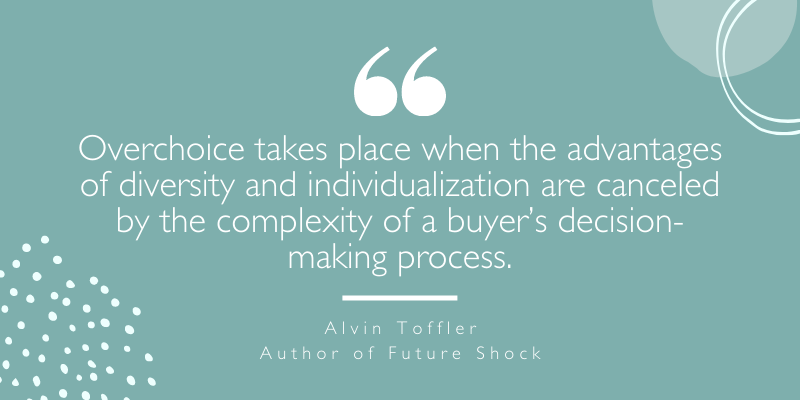
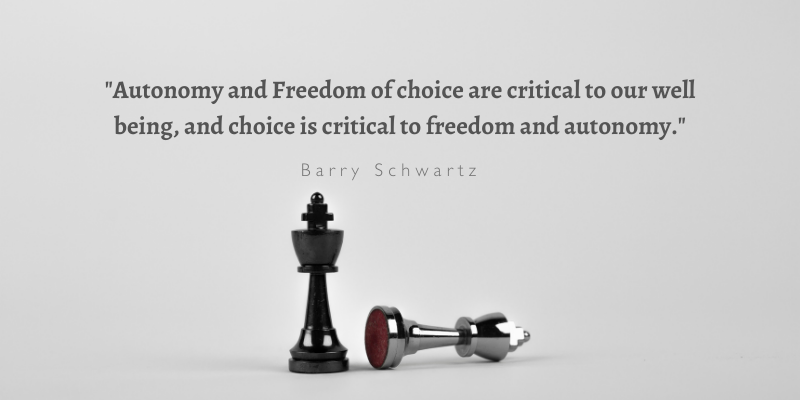
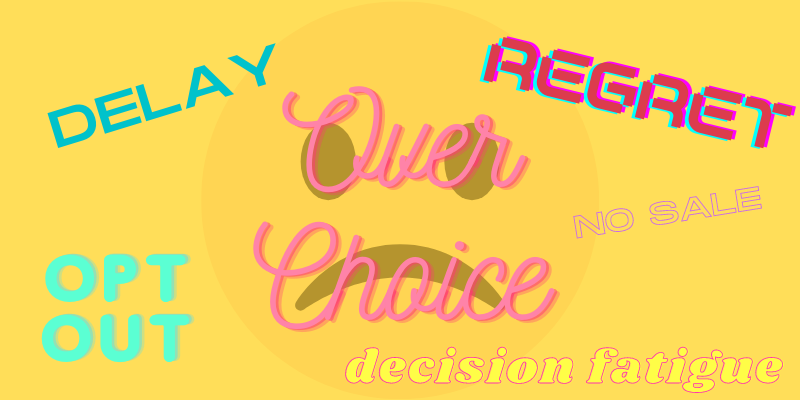
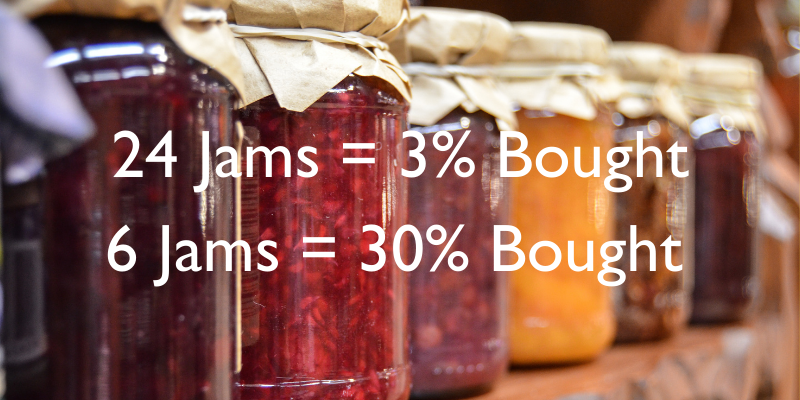

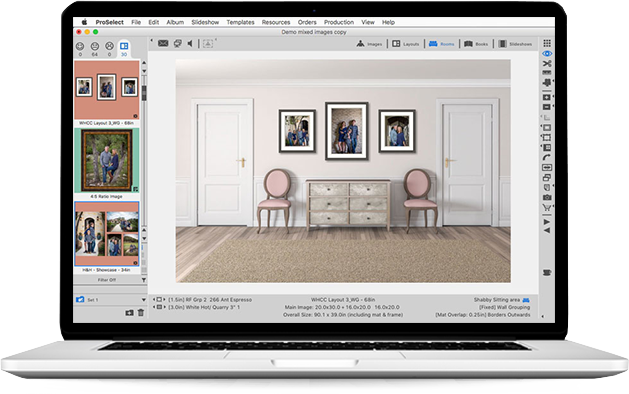


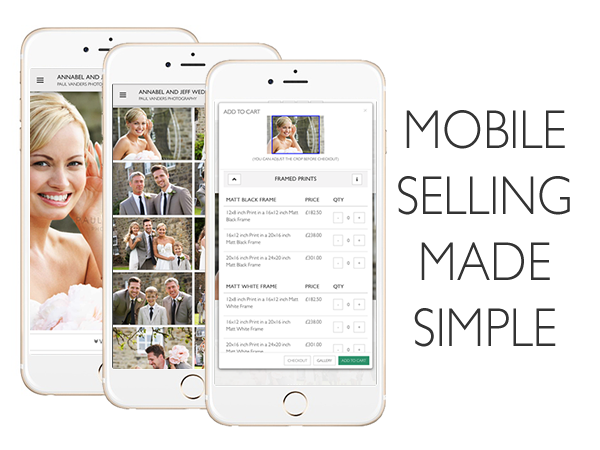
 RSS Feed
RSS Feed